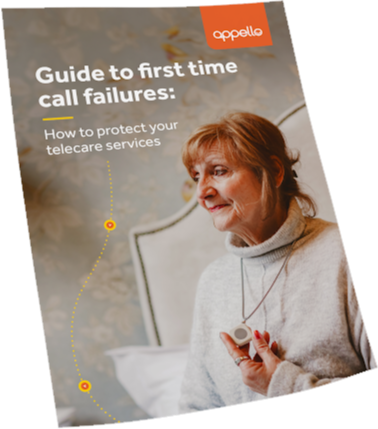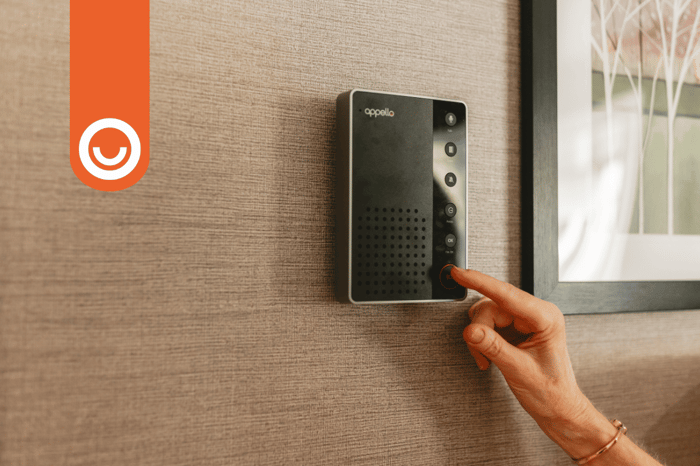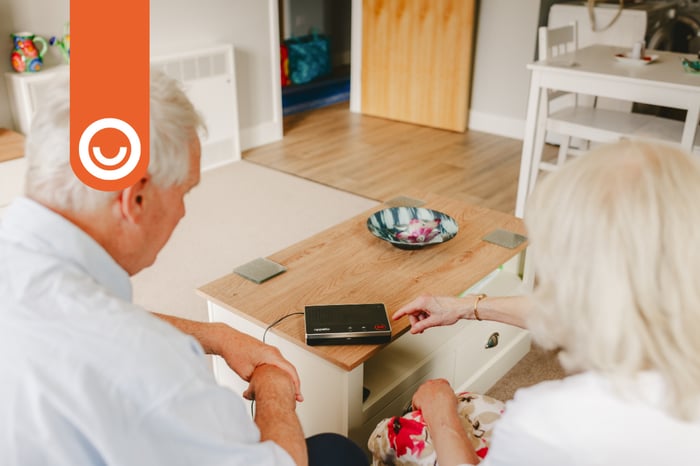It is over 20 years ago since our TV service in the UK went digital, at a similar time Digital Audio Broadcasting (DAB) radio was introduced. Since then the internet has become prominent in our lives with shopping and even banking moving online as a digital service.
Our telephone services in the UK are following. In 2017 British Telecom announced that by 2025 the existing analogue telephone network will be switched off and everyone will receive a digital internet protocol (IP) voice service.
As you would anticipate, all other communication providers in the UK are following suit by updating the way they deliver telephone services.
The majority of telephone users will be unaware and unaffected, however many services rely on this telecoms network, such as ATM’s, security alarms, and digital telecare services.
What is changing?
Due to continued adoption of the internet and its capabilities expanding in the last decade, the requirement for our old analogue Public Switched Telephone Network (PSTN) has reduced. It has become expensive to maintain, and there is a shortage of workers with the skills to undertake this maintenance.
As a result, telecoms providers have been working on upgrading the network to a digital Internet Protocol (IP) network. This is a significant project, and the impact is already being felt. Work is well underway in different parts of the country with approximately 235 exchanges already upgraded as of early 2022. This will continue to quickly progress as we move towards 2025.
Why is there an impact on telecare service?
Telecare products communicate over the telecoms network to the monitoring centre. When an alarm is pressed, a message is sent via this network across the country to the monitoring centre, just like making a landline telephone call.
However, there are two types of languages (known as protocols) used to send this message, analogue and digital. Analogue protocols are the original, these were conceived decades ago, long before a digital telecoms network was envisaged. Digital protocols for telecare services are newer, they have been created in the last decade, specifically for the new telecoms network.
As a result, devices that communicate alarm messages in an analogue protocol, unsurprisingly can become misunderstood when they attempt to traverse the new digital telecoms network. Whereas, digital telecare alarms, which use digital protocols, can reliably send telecare messages across the network.
Yes, just like there are variations of languages we speak, UK, English and American for example. All approved digital protocols should be compatible with the new digital telecoms network.
However, there are two digital protocols you should be aware of, NOW-IP and SCAIP. These two industry approved protocols are designed for different types of telecare alarms, hardwired systems in a grouped living environment, and dispersed alarms, more commonly used in individual homes.
Grouped Living Solutions
NOW IP (BS 8521-2:2020) is used to signal digital alarms from grouped living solutions with Voice Over IP (VOIP) as standard.
Dispersed Alarms
SCAIP, an open digital social alarm protocol for dispersed alarms that enables Internet Protocol (IP- packets of data) communication between dispersed Social Alarm devices in the community and a monitoring centre.
What is the impact on telecare services?
The impact on these services is known as First Time Call Failures (FTCF), this is because the impact is measured on the first attempt for a call to connect to the monitoring centre.
It’s agreed that approximately 1 in 10 calls from analogue telecare equipment are impacted by FTCF’s. This can vary depending on the device model and manufacturer. Additionally, there is growing evidence of certain analogue protocols (there are a few different types) receiving a higher propensity of FTCF’s.
The Telecare Service Association (TSA)[i] cites that providers are seeing a failure rate of 11.5% and rising, and as a result Ofcom and telecoms providers are advising on a move to digital telecare equipment as soon as possible.
What is a First Time Call Failure (FTCF)?
In a Telecare environment, a call failure can occur in many forms from a complete failed connection to a call with extensive distortion on the line. The impact at worst will result in multiple attempts to reconnect costing valuable minutes in an emergency, at best it could be distortion impacting the ability for the operator and service users to converse and relay important information.
What is the telecare sector doing to help?
For monitoring centres, they need to ensure they have updated software that is also digital, this enables them to receive a digital telecare call. Appello updated our monitoring centre to digital many years ago in anticipation for this industry change.
Where monitoring centres have done this, unfortunately, the occurrence of FTCF’s is still completely out of their hands, as the impact has already taken place before the call is received. In fact, when a call reaches a monitoring centre there is no way to know if it had previously failed prior to receipt. This can only be identified by further analysis following the call.
For telecare equipment manufacturers, there is a need to design and make available digital telecare equipment, that uses the appropriate protocols for the new telecoms network. Appello have developed three digital solutions for both grouped and dispersed living – in fact these are the widest deployed digital solutions in the UK.
For both monitoring centres and manufacturers there is a need to educate customers and service users to ensure that the service used is safe and appropriate, and ultimately enables individuals to access the support they require in an emergency.
Why is digital telecare so important?
This shift, driven by the changes implemented by telecoms providers is disruptive, however the benefits are significant. The thousands of individuals already using digital telecare services, are reaping the improvements to safety and their wellbeing. Much like it was frustrating needing to purchase a HD Ready TV, on reflection the improvement is considerable, and much more fitting for today’s society.
For telecare in its most simplistic form of just raising an alarm, the improvements include:
- The connection time from the alarm being activated to the call reaching the monitoring centre is just 3 seconds, compared to what can be minutes with analogue systems.
- In a grouped living environment, everyone can connect and speak to the monitoring centre at the same time, whereas with analogue systems that can be limited to just one call at a time, with further calls queuing until the others have finished.
- The clarity of calls has been significantly improved, so speaking with the monitoring operators is much easier.
- There is no longer any walkie-talkie type experience, where only one person can speak at a time. This is just like a normal phone call.
- For service managers, they can access a whole realm of information on their service from usage to any problem. Setting up a new customer with an alarm is straightforward, and you can even have alerts as to when a pendant battery is running low.
The true benefits of digital telecare go far beyond this though. Digital telecare enables many additional services to be introduced all packaged together. From video calling other residents/staff to having access to the internet. All these services are available in digital telecare today, and widely used in the digital telecare offerings available from Appello.
Can we have confidence in digital telecare?
Digital telecare is not new, in fact the first digital system in the UK was installed in July 2016, in Durham. How can we be so specific? Well, it was actually Appello that developed and installed this service. Since then, Appello have installed over 500 digital developments, which means tens of thousands of service users are using digital systems daily.
Furthermore, Appello alone have received over 2 million digital calls from these systems in this time. Therefore, we have seen that using the right digital equipment mitigates the risks of First Time Call Failures, and opens up huge opportunities to transform the delivery of telecare services and customer experience.
[i] [1] 10 Facts about Analogue to Digital: How it will affect telecare
You can find more details on the issue of first time call failures in our latest guide, which is available to download now

Talk to us to discuss your requirements and find out about our cost-effective and future proof digital solutions.



